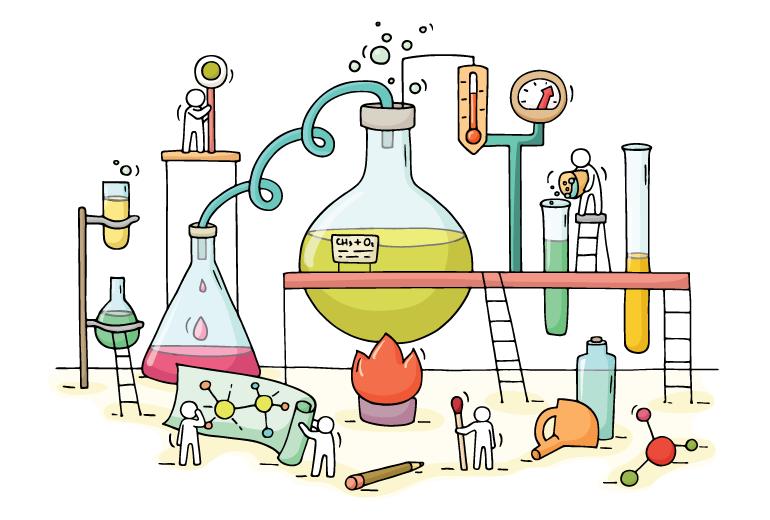 Being green can certainly have a variety of definitions. In the lab, instead of solvents, stains, or dyes that can be hazardous for both the environment and the researcher, there are an increasing number of safer alternatives. Labs can also participate in recycling programs in which the vendor takes back pipette tip boxes, solvents, chemical waste, or packaging materials that would not normally be accepted in traditional recycling plants. Are labs making these changes as requirements in their facilities?
Being green can certainly have a variety of definitions. In the lab, instead of solvents, stains, or dyes that can be hazardous for both the environment and the researcher, there are an increasing number of safer alternatives. Labs can also participate in recycling programs in which the vendor takes back pipette tip boxes, solvents, chemical waste, or packaging materials that would not normally be accepted in traditional recycling plants. Are labs making these changes as requirements in their facilities?
While measures such as these are being adopted across industries, this research report will provide an overview of key trends of green products specifically designed for the laboratory. The data is derived from a survey of over 400 labs conducted by K.C. Associates in April of 2014, continued from 2008 and 2011 studies.
Key findings include:
which types of labs are most likely to purchase green products, – and which are least likely, what are the most valued reasons for making transitions to greener products, and where do chemists and labs source information for making such purchases?


















